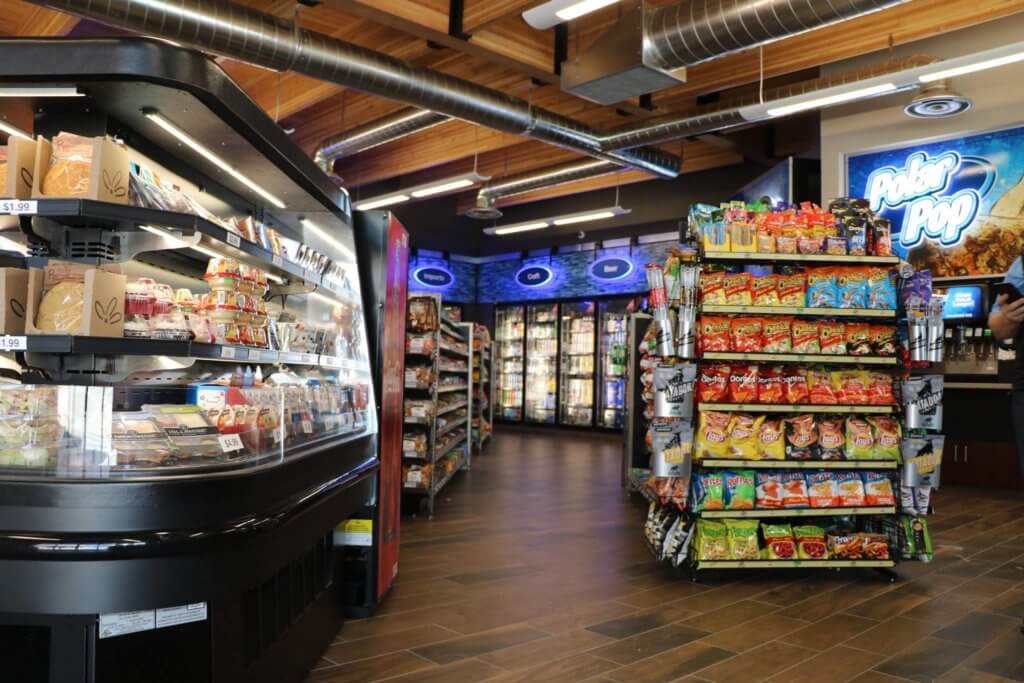Safety Standards for Convenience Stores Keep Your Business Operating Successfully
Creating safety standards for convenience stores is complex. Employees in these businesses work in three types of environments: grocery/retail, foodservice, and fuel distribution. Working safely in these situations requires good physical habits, modern security precautions, food handling protocol, and requirements for handling flammable materials safely.
Do you need to start with a safety committee?
Safety committees are intended to create and implement plans to ensure ongoing safety training for employees. Additionally, these teams review workplace accidents to ensure reporting is accurate and address safety concerns with management. These committees are comprised of a combination of management and staff level employees to ensure all aspects of workplace safety are considered. While the federal division of OSHA (Occupational Safety and Health Administration) doesn’t require a company to form a safety committee, some states do. For example, Oregon OSHA requires every employer to establish and administer a safety committee or hold safety meetings to communicate and evaluate safety health issues (sole owner/single employee companies and a few exceptions apply.) When required, these committees must retain specific records of their activities and meetings. It’s best to check with your state’s OSHA office to determine the requirements for your locations.
accidents to ensure reporting is accurate and address safety concerns with management. These committees are comprised of a combination of management and staff level employees to ensure all aspects of workplace safety are considered. While the federal division of OSHA (Occupational Safety and Health Administration) doesn’t require a company to form a safety committee, some states do. For example, Oregon OSHA requires every employer to establish and administer a safety committee or hold safety meetings to communicate and evaluate safety health issues (sole owner/single employee companies and a few exceptions apply.) When required, these committees must retain specific records of their activities and meetings. It’s best to check with your state’s OSHA office to determine the requirements for your locations.
What can you do to implement safety standards for your convenience stores?
There are many online resources available to address the many facets of workplace safety for convenience stores.
- Good physical habits. Store managers and employees will gain good information about healthy physical habits to protect the body while working in a grocery retail and foodservice environment in OSHA’s publication, “Guidelines for Retail Grocery Stores: Ergonomics for the Prevention of Musculoskeletal Disorders.”
- Initially published in 1975, the CDC continues to recommend the booklet “Health and Safety Guide for Service Stations” written by the National Institute for Occupational Safety and Health. While the illustrations are a bit vintage and newer safety mechanisms have been since implemented in fuel station equipment, the material remains relevant. Managers and supervisors will get good ideas for enhancing safe working practices from reading the guidebook.
- OSHA maintains a comprehensive selection of online safety programs for gas station employees and managers designed to meet various training requirements within the Occupational Safety and Health Act of 1970.
- Insurance companies have a vested interest in their clients’ safety, so they frequently provide resource materials and checklists to help create good safety practices. For example, Crum & Forester provides a free online safety checklist for convenience store operations. Their material focuses on security equipment and facility safety.
What is the most critical element of safety standards for convenience stores?
The best way to create a safe working environment is to develop a culture of safety in your organization. Training must be widely available, and managers must encourage employees to complete courses. Managers must always be role models in safe working practices and positively reward employees who report and help correct safety violations and concerns. Be wary of safety programs that promote “X number of days since our last accident” as these programs have the adverse effect of discouraging workers from reporting workplace accidents. If the company has a safety committee, management must take recommendations seriously and allocate the budget or capital needed to make improvements.
Are you interested in learning more about how GP Energy can help your business achieve its goals?
Succeeding in the convenience store industry is challenging. By partnering with GP Energy, we can help your business unlock its potential with new opportunities and achieve unimaginable success. Our experienced team can assess your business and the markets each location resides in and recommend programs that will add more profits to the bottom line. Contact us today, and let’s get started.




